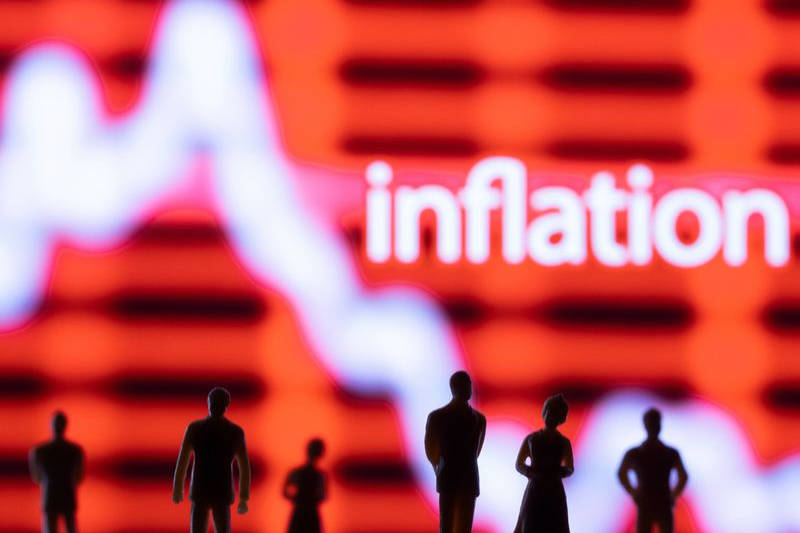U.S. stocks rise on Fed cut bets; earnings continue to flow
Investing.com -- The March personal consumption expenditures (PCE) price index, an inflation metric closely monitored by the Federal Reserve, indicated easing inflationary pressures in the U.S., potentially offering the Federal Reserve room to ease monetary policy once more.
The PCE price index recorded a 2.3% annual increase during the month, a drop from February’s revised reading of 2.7%.
On a monthly basis, the index was unchanged, dropping from the revised 0.4% growth in February.
Meanwhile, the so-called "core" metric, which strips out more volatile items like food and fuel, came in at 2.6% annually, below February’s 2.8%. Month-on-month, it came in flat, easing from the previous month’s revised 0.5% growth.
This indication that inflationary pressures are easing could provide the U.S. central bank with the push to start cutting interest rates again, particularly as fears are growing that President Donald Trump’s aggressive trade agenda will weigh on broader economic activity.
Data released earlier Wednesday showed that the U.S. economy unexpectedly contracted in the first quarter, with gross domestic product, an indicator of growth in the world’s biggest economy, contracted by 0.3% during the January to March period.
Additionally, U.S. private employers added far fewer jobs than anticipated in April, as private payrolls rose by 62,000 this month.
This followed U.S. consumer confidence slumping to a nearly five-year low in April and job openings dropped sharply in March.
The rate-setting Federal Open Market Committee next meets in early May after opting to leave borrowing costs unchanged at its meeting in March earlier this month due to uncertainty around Trump policy moves.
